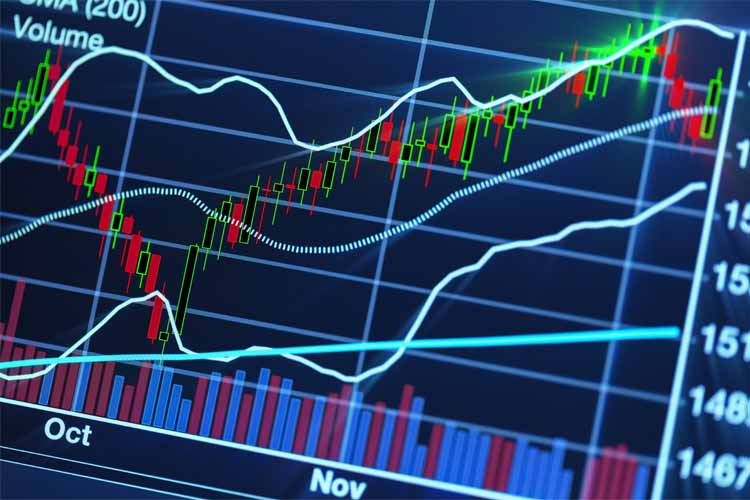
Tech has put in a strong performance in 2019
The technical backdrop for U.S. stocks has been positive for most of 2019. The Nasdaq Composite (IXIC) has outpaced the Dow Jones Industrial Average (DJI) and S&P 500 Index (SPX) on a monthly basis for a majority of the year, and is currently up 30.5% since its Dec. 31 close, compared to a 20% gain for the Dow, and a 25.5% gain for the S&P over that same time frame.
With that in mind, our focus this week is the Nasdaq-100 Index (NDX) -- a tech-focused benchmark that's actually comprised of 103 components, due to two share class-listings for Alphabet (GOOG, GOOGL), Fox (FOX, FOXA) and Liberty Global (LBTYA, LBTYK). NDX has turned in a respectable 32.6% return for this calendar year, compared to a 26% gain for the SPDR S&P 500 ETF Trust (SPY). This outperformance is nothing new. Since its January 1993 inception, NDX is up 2,139%, as of Dec. 5, versus an SPY return of 611%, and has ballooned 363% over the past decade through Dec. 5, an exact doubling of the 10-year return of the SPY.
Last Friday, Dec. 6, NDX closed at 8,397.37-- about 0.6% off its Nov. 27 all-time closing peak at 8,444.71. What's notable, according to Schaeffer's Quantitative Analyst Chris Prybal, is that as NDX was hitting new heights, the average stock price in the index was eclipsing the $200 per-share close level for the first time ever. At this time last year, when the Nasdaq-100 troughed at the round $6,000 level, the average per-share NDX stock price had bottomed at $150.

Looking back even further, the index first broke free of the $100 per-share average close level in late 2014, as it explored territory north of 4,000 for the first time since the dot.com bubble. What happened after the NDX staged this technical "phenomenon"? The index retreated back below this round number in the first quarter of 2015, before staging a convincing breakout by mid-February -- about three months after its initial touch, and two subsequent pullbacks later that year in August and September found support at the $100 average per-share close, effectively forming a double-bottom at the round-number level.

In conclusion, Prybal suggests that an average $200 per-share price on NDX components is nothing to fear, and is possibly just another "anecdotal tidbit" from the statistics file. Yet again, the propensity to split publicly traded company shares has fallen on deaf ears of late, perhaps a reflection of institutional shareholders, and not public money, being the main custodians of such assets.
The tally of stock splits within the Nasdaq-100 stood at six in 2015, before falling to four in 2016, and then to three in 2017. In 2018, there was just one split by Fiserv (FISV), while this year, Fastenal (FAST) has been the lone split. In fact, about 54% of the index is priced in excess of $100 per share, while 28% of the index is priced above the $200 per-share mark.

Subscribers to Bernie Schaeffer's Chart of the Week received this commentary on Sunday, December 8.